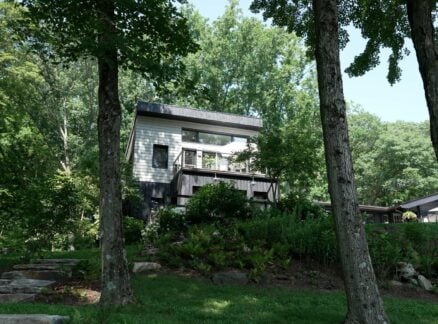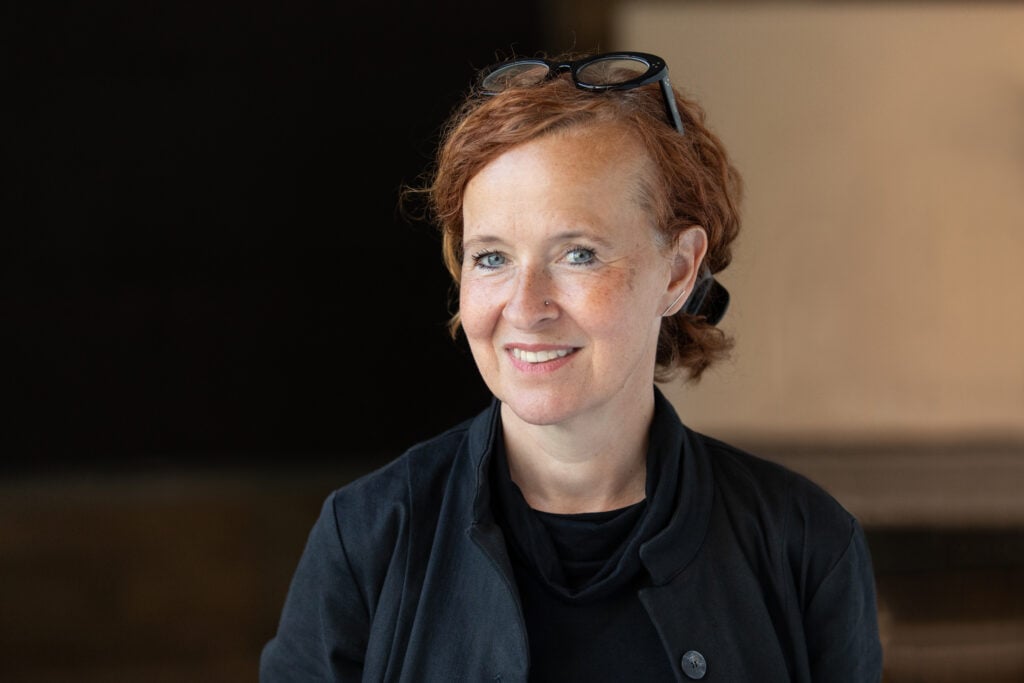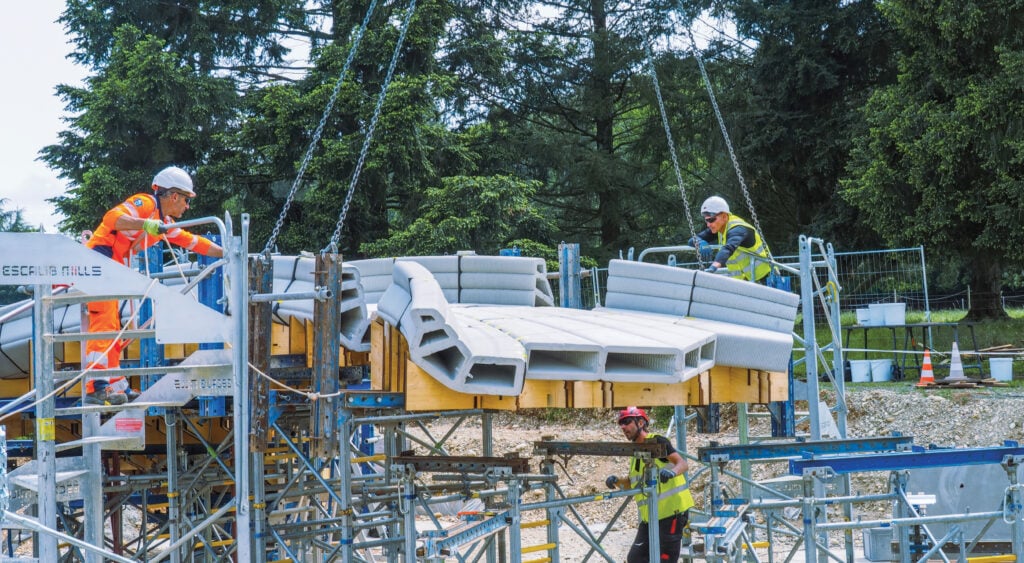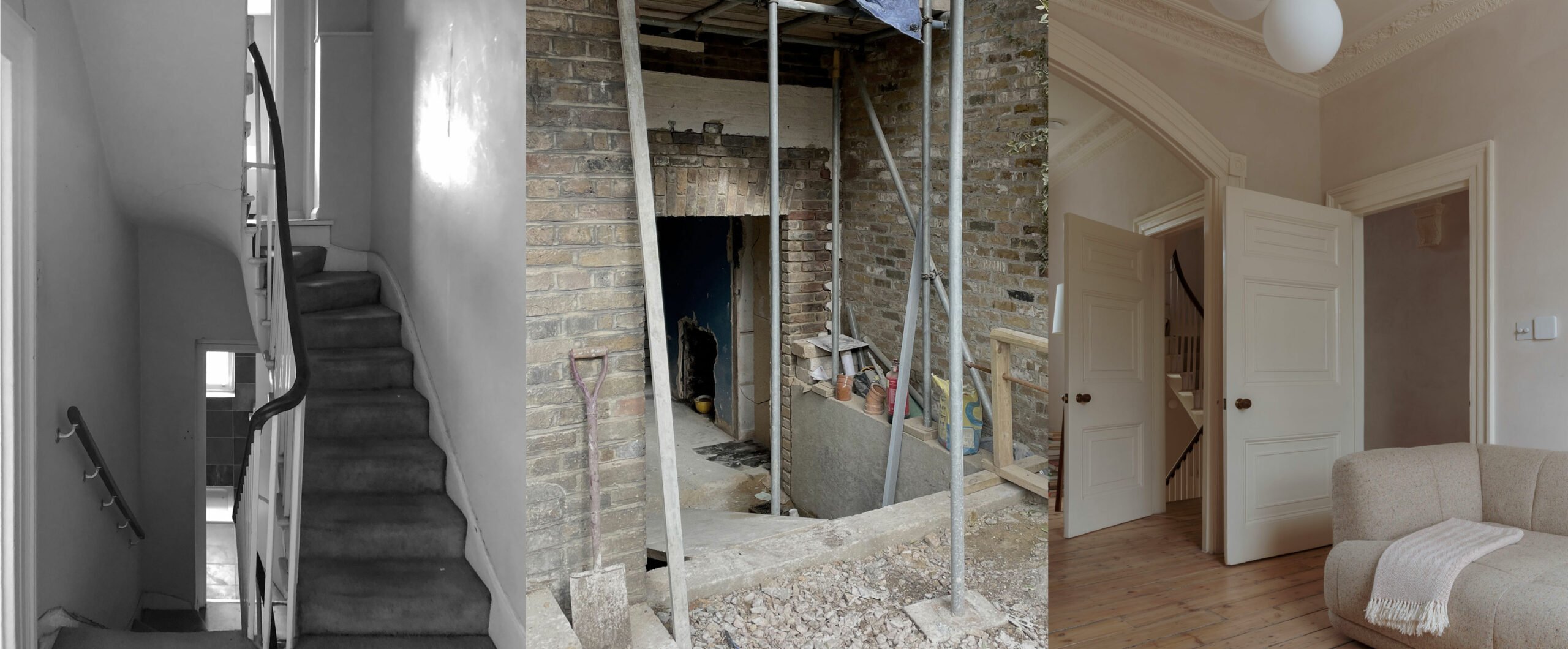
March 14, 2024
Architecture for London Creates Passive Homes Without Compromising Aesthetics
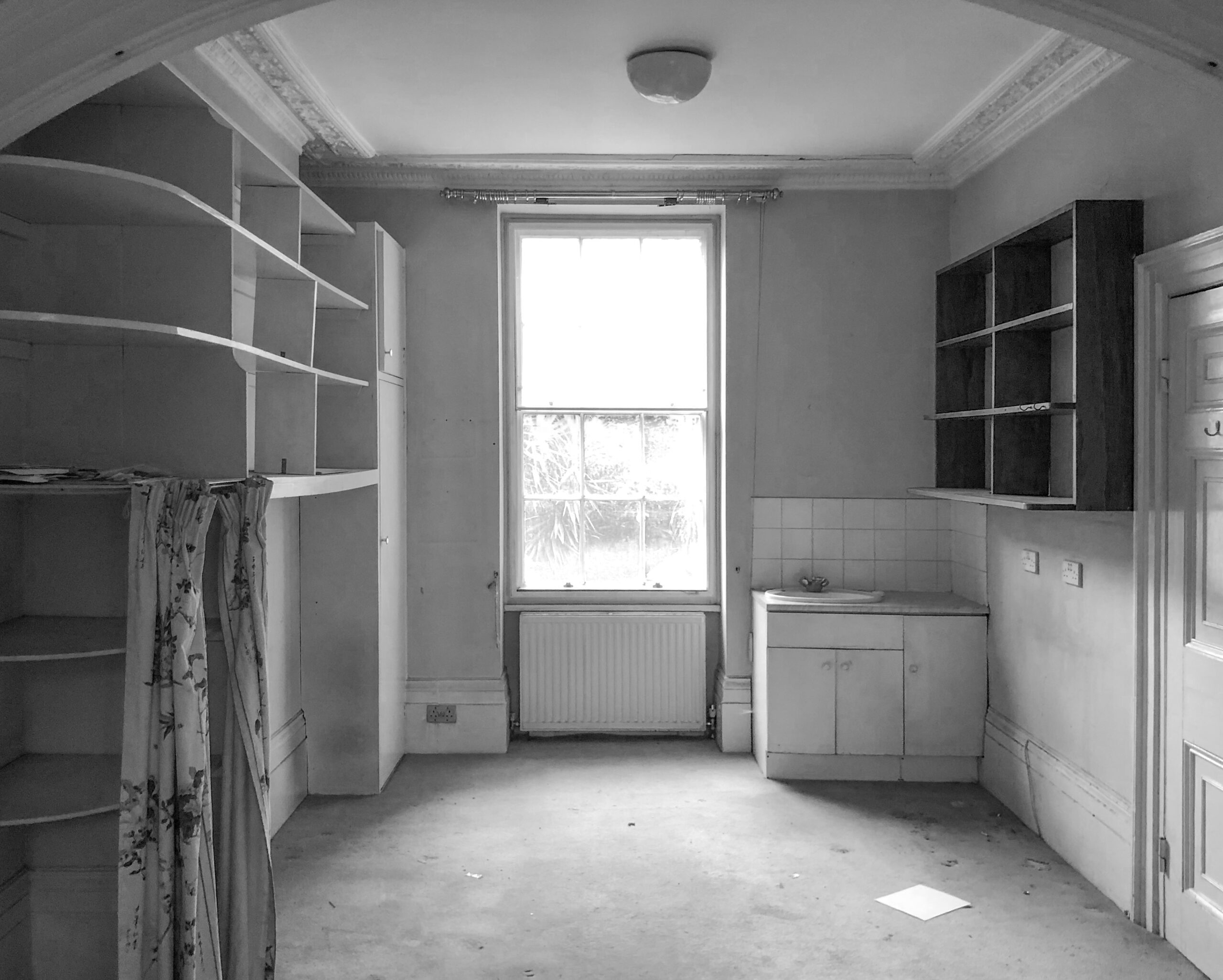
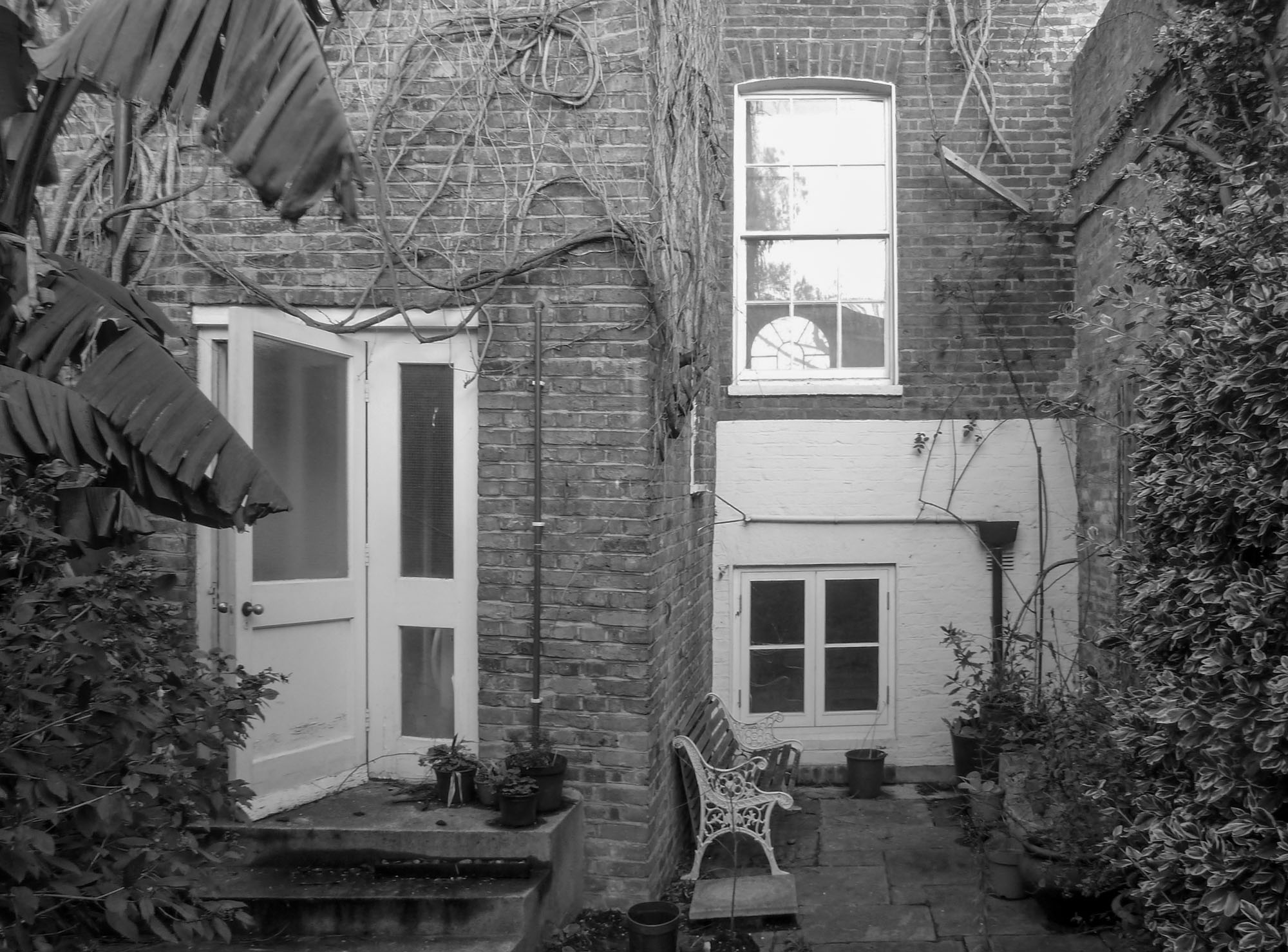
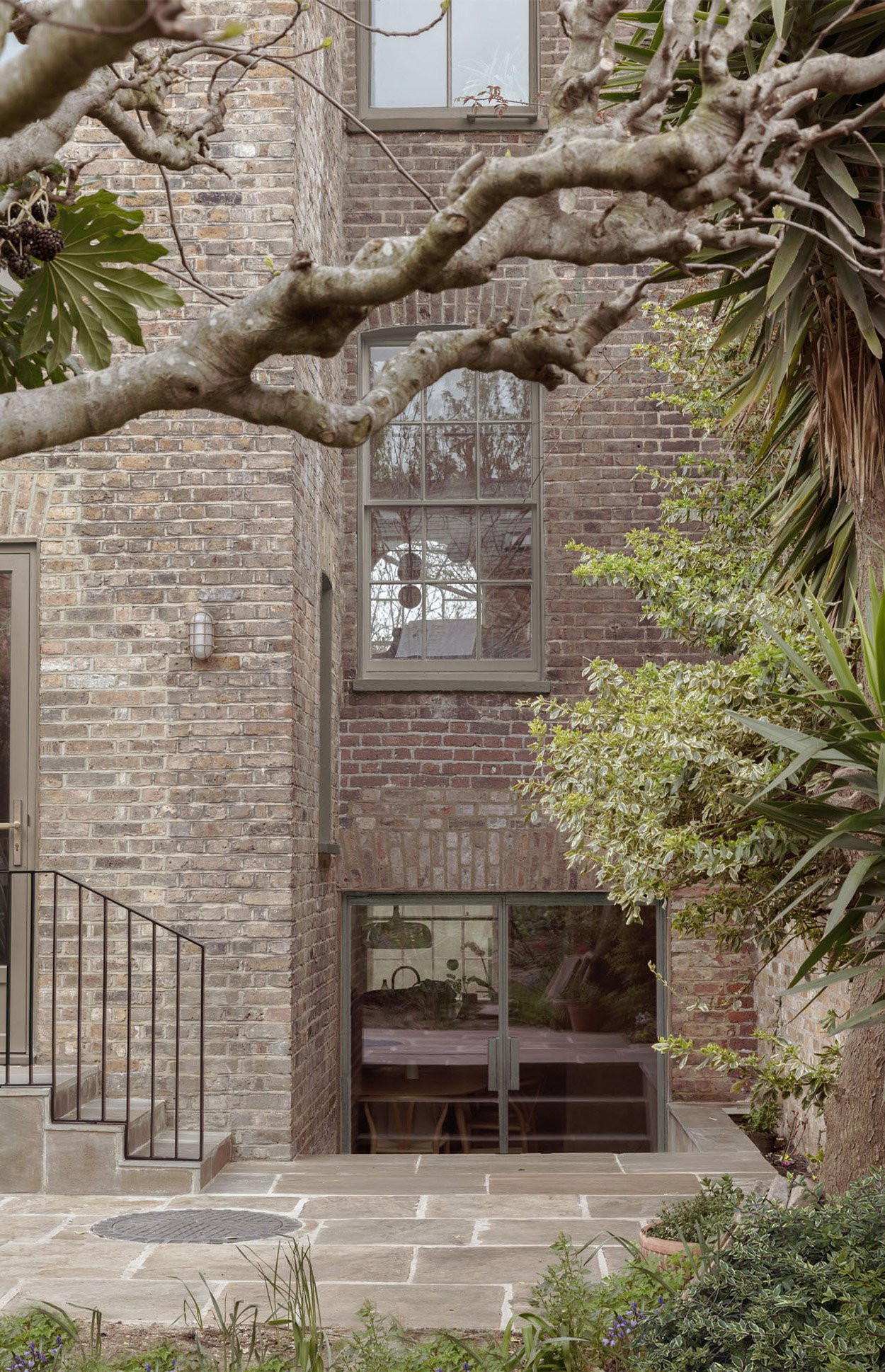
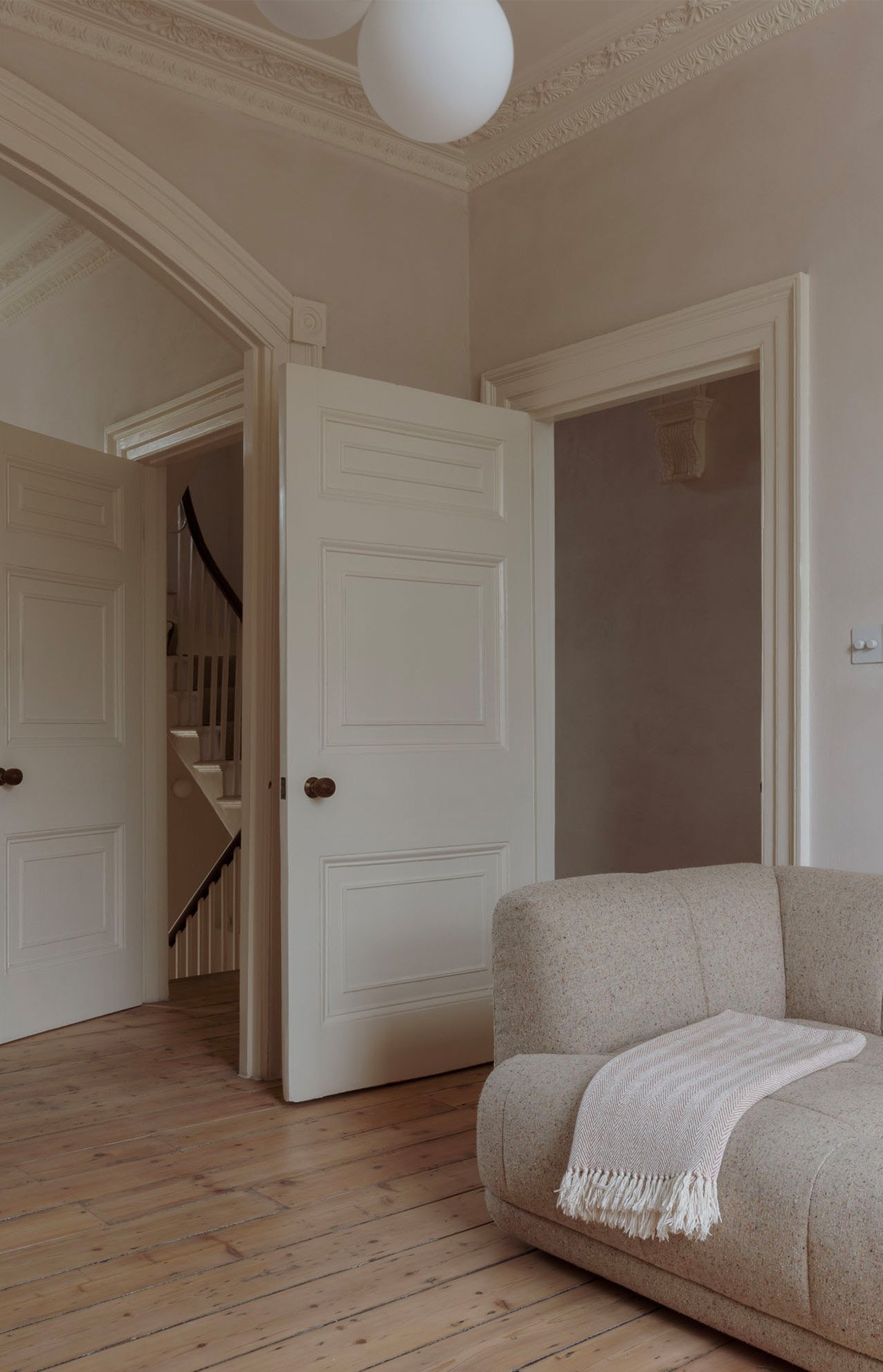
“We used to have to convince clients of our approach,” says Architecture for London director Ben Ridley. “Now they request it from day one.”
One recent client is a case in point. Having found themselves the new owners of a dilapidated five-story Georgian townhouse in east London after a successful bid at auction, a couple sought out an architect who could transform it into a low energy place to live. They turned to Architecture for London.
The 2,120-square-foot house had an outwardly impressive shell but a challenging interior that had been split into bedsits. According to Ridley, “The major challenge was integrating low-energy refurbishment within a listed building in a conservation area, aiming for a fossil fuel-free, warm, and comfortable family home.”
The building’s protected status meant that the design team needed to minimize major structural alterations or extensions, an approach that also helped reduce the project’s embodied energy. As many of the building’s original materials were preserved as possible, including external stone paving and internal timber floor finishes throughout.
The major interventions saw the introduction of internal wall and roof insulation and improved glazing to stop heat escaping. A combination of clay and lime plaster finishes were used throughout to improve airtightness further, while also creating a palette of natural tones. Finally, a mechanical heat recovery system was installed to provide heat recovery and keep fresh filtered air in the property.
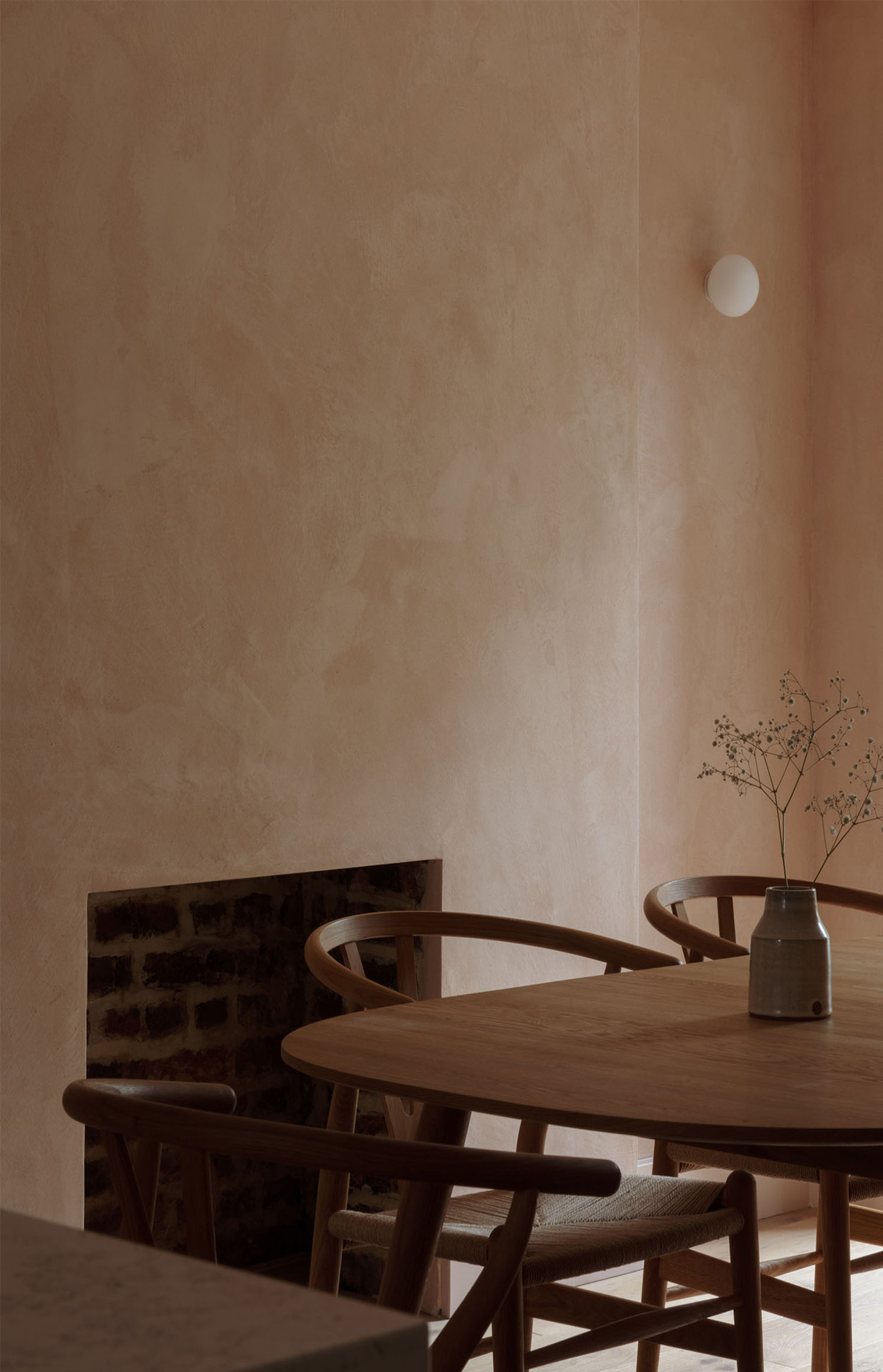
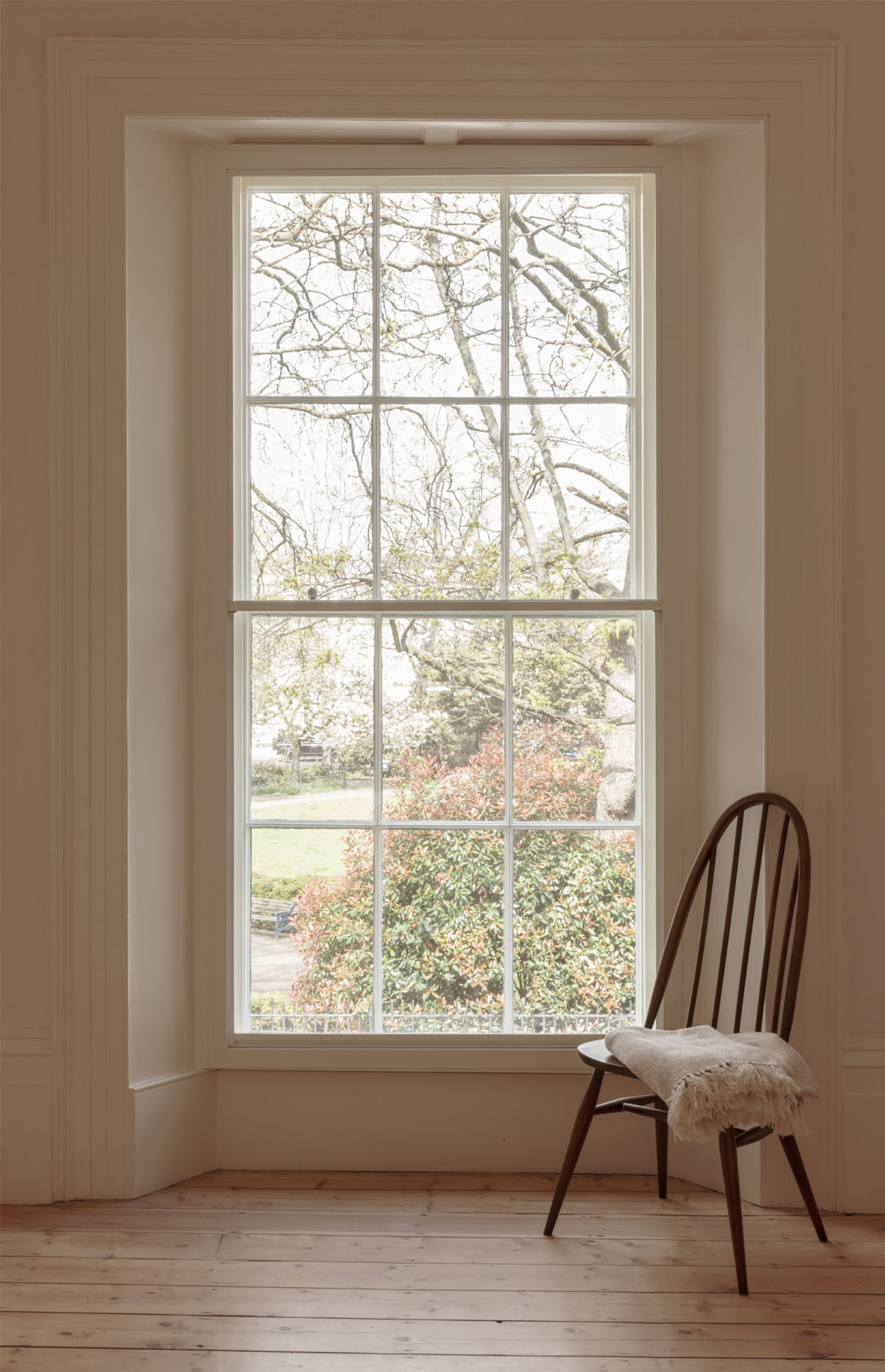
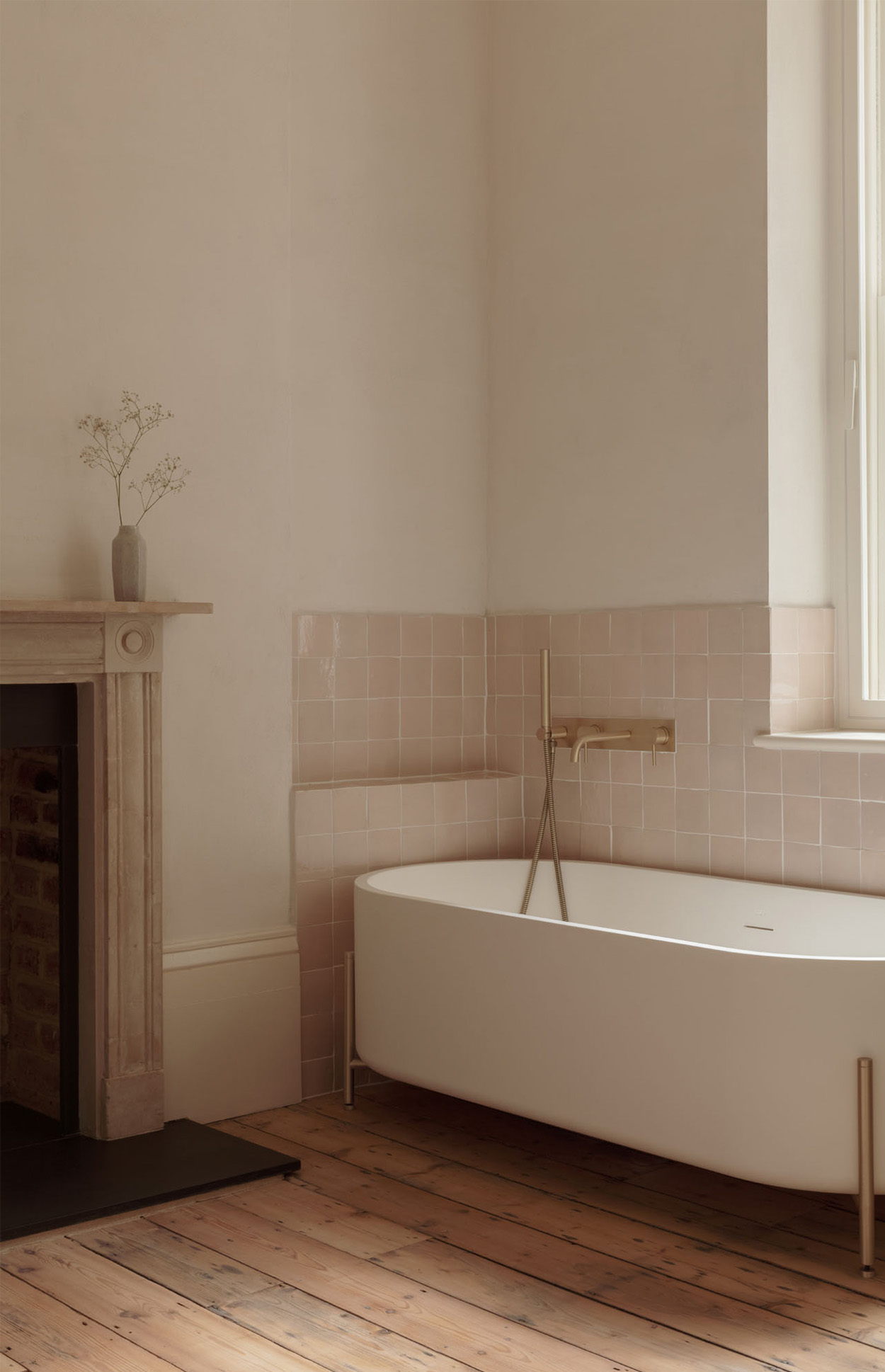
According to the studio, the house is fossil fuel free, with an air source heat pump in the rear garden powering the underfloor heating, and a solar panel on the roof providing hot water. Meanwhile, rainwater is captured and recycled.
According to Ridley, the completed project stands as an example of what can be done with a forward-thinking client and an architect that takes sustainable principles seriously.
“We have observed a growing interest among clients, driven by a desire for energy-efficient and comfortable homes,” he says. “This reflects a broader trend towards sustainability in architecture. The opportunity [with this project] was in leveraging the challenges to show what is possible across London.”
Would you like to comment on this article? Send your thoughts to: [email protected]
Latest
Viewpoints
Antje Steinmuller Wants to Get the Housing Question Right
Beginning her tenure this past summer, Taubman College’s new chair of architecture is rethinking housing through identity and density.
Viewpoints
These University Labs Expand the Agency for Future Architects
The following schools, labs, and incubators are contributing innovative solutions to make change both down the street and around the world.
Viewpoints
How Construction Materials and Technologies Are Evolving
Follow METROPOLIS’s most compelling coverage of construction materials and technologies, from next-gen concrete to circular design.

